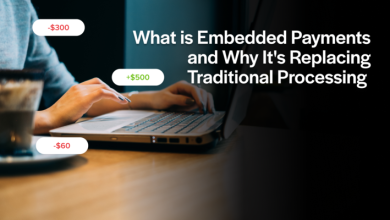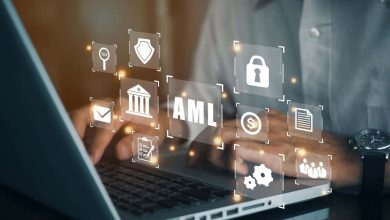It’s fair to say that distributed ledger technology (DLT) is a new and emerging technology with capabilities yet to be realised. But with blockchain applications including cryptocurrency and NFTs dominating its public image, its wider potential is often overlooked.
At its heart, DLT is the basis for more transparent, safer and inherently trustworthy digital interactions. All transactions and changes made to data on DLT-powered applications are immutable, meaning they are final and incorruptible. The result? The ability to provide digital trust and accountability.
This trust-based technology is extremely adaptable. DLT is already being harnessed to revolutionise aspects of digital activity within public services. From the way healthcare records are shared, to how transport is used and the process of entry into work.
Automation is one such example. DLT can help to speed up processes by codifying decision making so that behaviour can be integrated and enforced within the processes themselves whilst ensuring compliance.
Smart Contracts, coded onto a distributed ledger as “if/when, then…” statements, trigger an action upon fulfillment of specific predetermined criteria. Payment can be sent as soon as receipt of dispatch is received, for example. Or the transfer of assets initiated when all necessary approvals have been made.
Similarly, organisations can use blockchain-inspired technology to automate candidate verification to enable swifter employee onboarding. And in a medical setting, data can be more quickly, compliantly and securely exchanged to speed up access to care.
For organisations and individuals alike, data privacy is a growing concern. Protecting against the misuse and manipulation of data, and providing control over who can view what data, when, is becoming an increasing priority.
Self Sovereign Identity (SSI) is an example of an approach to giving the individual control over their identity and still allowing them to use it to gain access to relevant services. DLT can play a role in ensuring the validity of verifiable claims (VCs) and the anchor for decentralised identifiers (DIDs). These can be used by third parties to verify relevant credentials whilst control of the data remains in the hands of the owner.
For organisations, this technology also makes data sharing and collaboration more secure by increasing transparency. Asset transactions, payments and data transfers, when recorded on a distributed ledger, become both incorruptible and – where necessary – traceable. Instances of foul play and data manipulation are prevented. This leads to more trustworthy digital data handling, as all players know they are being held to account.
Evidence of DLT-powered transformation across public services is everywhere. Governments are increasingly investing in blockchain projects, with projects like the European Blockchain Services Infrastructure leading the way. If done correctly, building infrastructure using technology like blockchain to underpin government services will help to strengthen trust and security. As a result, barriers to participation and access will begin to fall.
We’re also witnessing huge digital reform in banking. Access to digital services is accelerating and blockchain-powered Smart Contracts are providing the foundation for increased accessibility to financial services. The strengthening and distribution of digital identity promise to help to combat fraud and make accounts more secure.
Looking ahead, we’re sure to see blockchain impacting an even wider range of services. DLT technologies could even be used to handle voting data during elections, removing the need for third-party identification checks and widening access to democracy.
While the power of DLT beyond blockchain and its link to crypto may still remain a mystery to many, pretty soon it will be impossible to avoid. One thing is certain: DLT is leading its own digital revolution and it shows no signs of slowing down.





